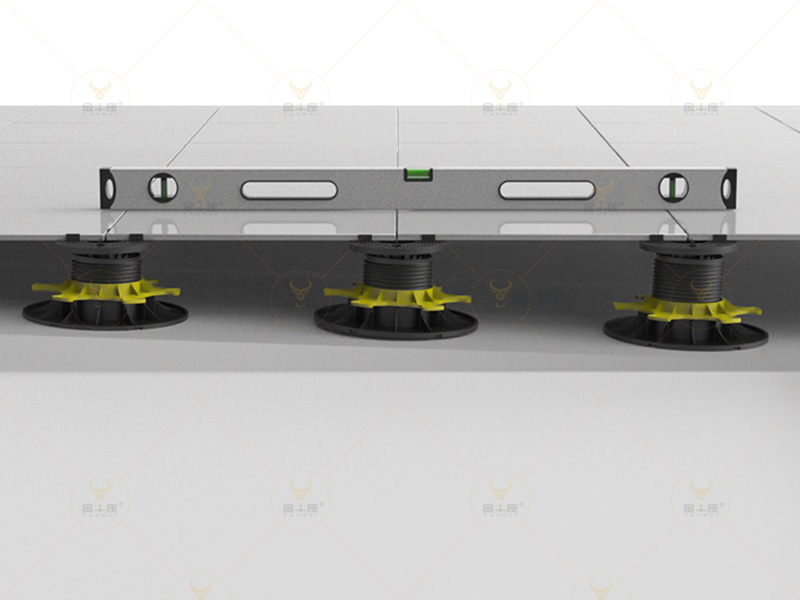How Does Self Leveling Pedestal Work?
Aug 14,2023
View: 810
The construction industry is increasingly focused on practicality and convenience, and self-leveling pedestals are a great example of this. These pedestals are modern, efficient, and adaptable to multiple scenarios, providing workers with a simpler and faster solution.
Self-leveling pedestals come in many different designs and structures, but they generally consist of a base and a head. The base sits on the surface that needs to be level, while the head supports the material that will be installed on top. The height of the head is adjustable, which can be adjusted to different heights, and the angle can be leveled on a slope of 0-5°.
The self-leveling mechanism is the most crucial part of the self-leveling pedestal. This mechanism is usually achieved using a spring-loaded disc, which automatically adjusts the height as needed. When installed on an uneven surface, the disc compensates for the slope, ensuring that the head remains level. Newer self-leveling pedestals also have non-slip bottoms for better stability and safety.
.
Compared to traditional leveling methods, self-leveling pedestals have many advantages. Firstly, they can provide a level surface for any ground, indoors or outdoors. Secondly, they save time and cost as they are easy to install and operate. Additionally, they are very durable and can withstand high weight and harsh weather conditions.
Self-leveling pedestals can be used for multiple applications such as terraces, balconies, rooftops, public squares, hotels, hospitals, etc., where tiles, pavers or decking systems are involved. For commercial buildings, self-leveling pedestals can also be used for raised flooring systems, making facilities like machine rooms, factories, and laboratories safer, more stable, and comfortable.
In summary, self-leveling pedestals are an innovative technology product with broad applicability and numerous advantages. As technology continues to evolve and update, self-leveling pedestals will undoubtedly become an essential component of the construction industry, providing workers and consumers with a better experience.